
This week's review of ad fraud and privacy in the digital advertising space:
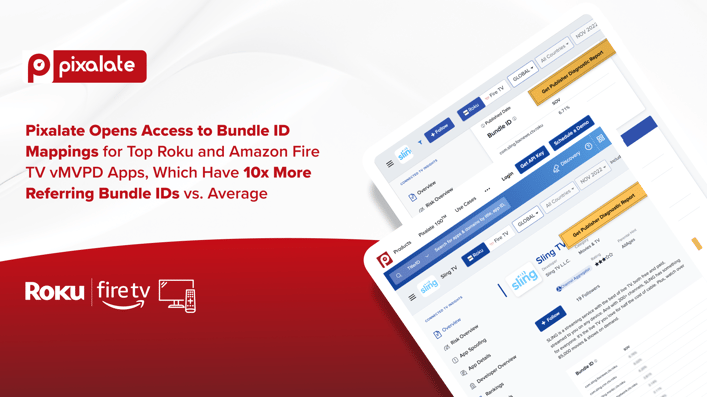
In this new report, Pixalate is expanding on its initial Bundle ID research by digging deeper into the app category most impacted by Bundle ID sprawl: Virtual MultiChannel Video Programming Distributor (vMVPD) apps.
Bundle IDs in CTV Apps
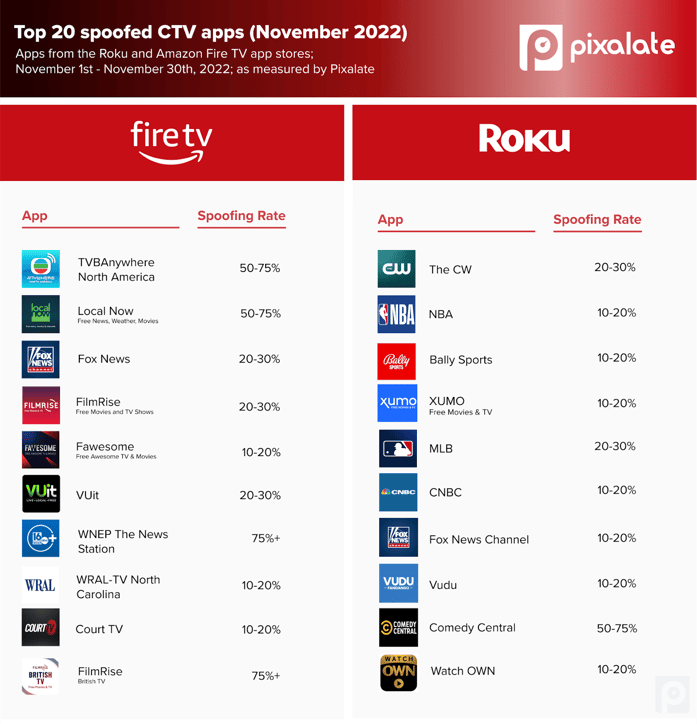
Pixalate released the November 2022 edition of our CTV Ad Fraud Series, where we highlight unique forms of invalid traffic (IVT), inclusive of “ad fraud,” across the Connected TV (CTV) open programmatic advertising marketplace.
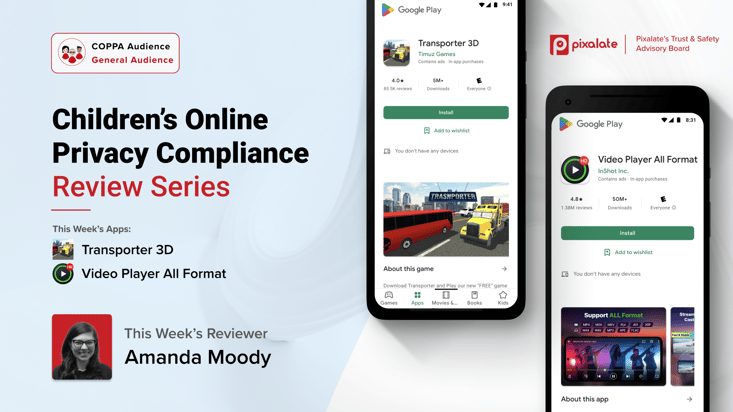
Pixalate continued its Mobile App Manual Reviews According to COPPA series, containing the detailed factors the Trust & Safety Advisory Board educators used to assess an app’s child-directedness. This week we reviewed Google Play apps Transporter 3D and Video Player All Format. Our reviewer discusses how the subjective factors set forth in the COPPA Rule apply to each app and factor into the reviewer's determination as to whether the app is child-directed or general audience (i.e., it is not targeting children). Read the full review here.
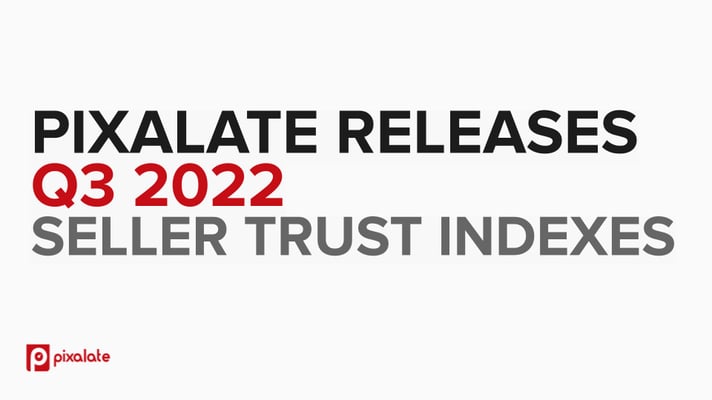
Pixalate released the Q3 2022 Seller Trust Indexes — including the Connected TV Seller Trust Index (CSTI), Mobile Seller Trust Index (MSTI), and Global Seller Trust Index (GSTI).
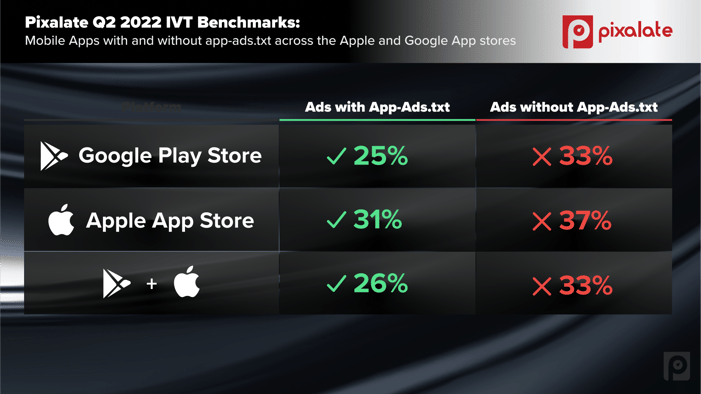
Pixalate published the Q2 2022 Invalid Traffic (IVT) Benchmarks report last month, describing IVT distribution in programmatic advertising impressions. It covered a wide variety of data points, so we decided we would break it down further and highlight some interesting topics.
Conducting a comparison of mobile apps with app-ads.txt and apps without app-ads.txt across the Apple and Google App stores, we found the Q2 2022 average IVT rates across both mobile app stores was 28%, with iOS at 32% and Android at 26%.
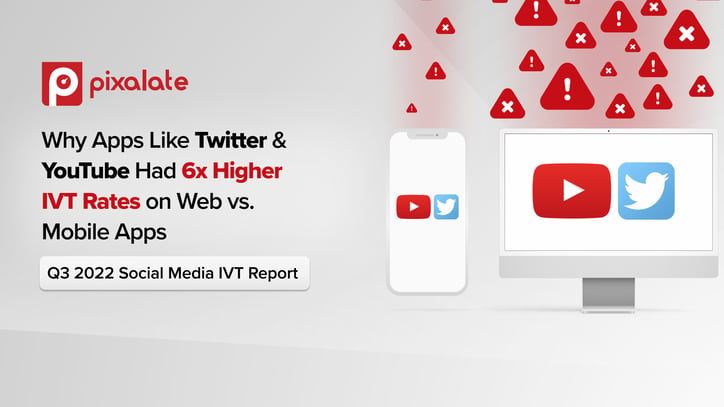
Pixalate published the Q3 2022 Social Media IVT Report last month, analyzing the distribution of Invalid Traffic (IVT) associated with social media websites and apps.
The report found that, typically, web traffic on social media sites have higher IVT compared to mobile app traffic for the same social media platform. The differences were particularly pronounced on two social media platforms - Twitter and YouTube.
*By entering your email address and clicking Subscribe, you are agreeing to our Terms of Use and Privacy Policy.
These Stories on Weekly Recaps
*By entering your email address and clicking Subscribe, you are agreeing to our Terms of Use and Privacy Policy.

Disclaimer: The content of this page reflects Pixalate’s opinions with respect to the factors that Pixalate believes can be useful to the digital media industry. Any proprietary data shared is grounded in Pixalate’s proprietary technology and analytics, which Pixalate is continuously evaluating and updating. Any references to outside sources should not be construed as endorsements. Pixalate’s opinions are just that - opinion, not facts or guarantees.
Per the MRC, “'Fraud' is not intended to represent fraud as defined in various laws, statutes and ordinances or as conventionally used in U.S. Court or other legal proceedings, but rather a custom definition strictly for advertising measurement purposes. Also per the MRC, “‘Invalid Traffic’ is defined generally as traffic that does not meet certain ad serving quality or completeness criteria, or otherwise does not represent legitimate ad traffic that should be included in measurement counts. Among the reasons why ad traffic may be deemed invalid is it is a result of non-human traffic (spiders, bots, etc.), or activity designed to produce fraudulent traffic.”

